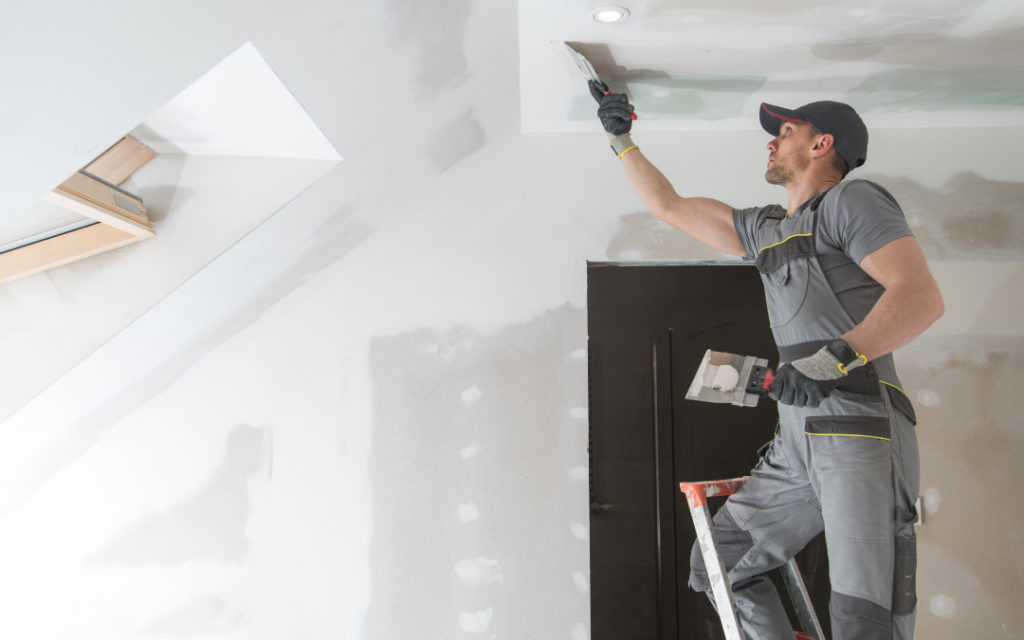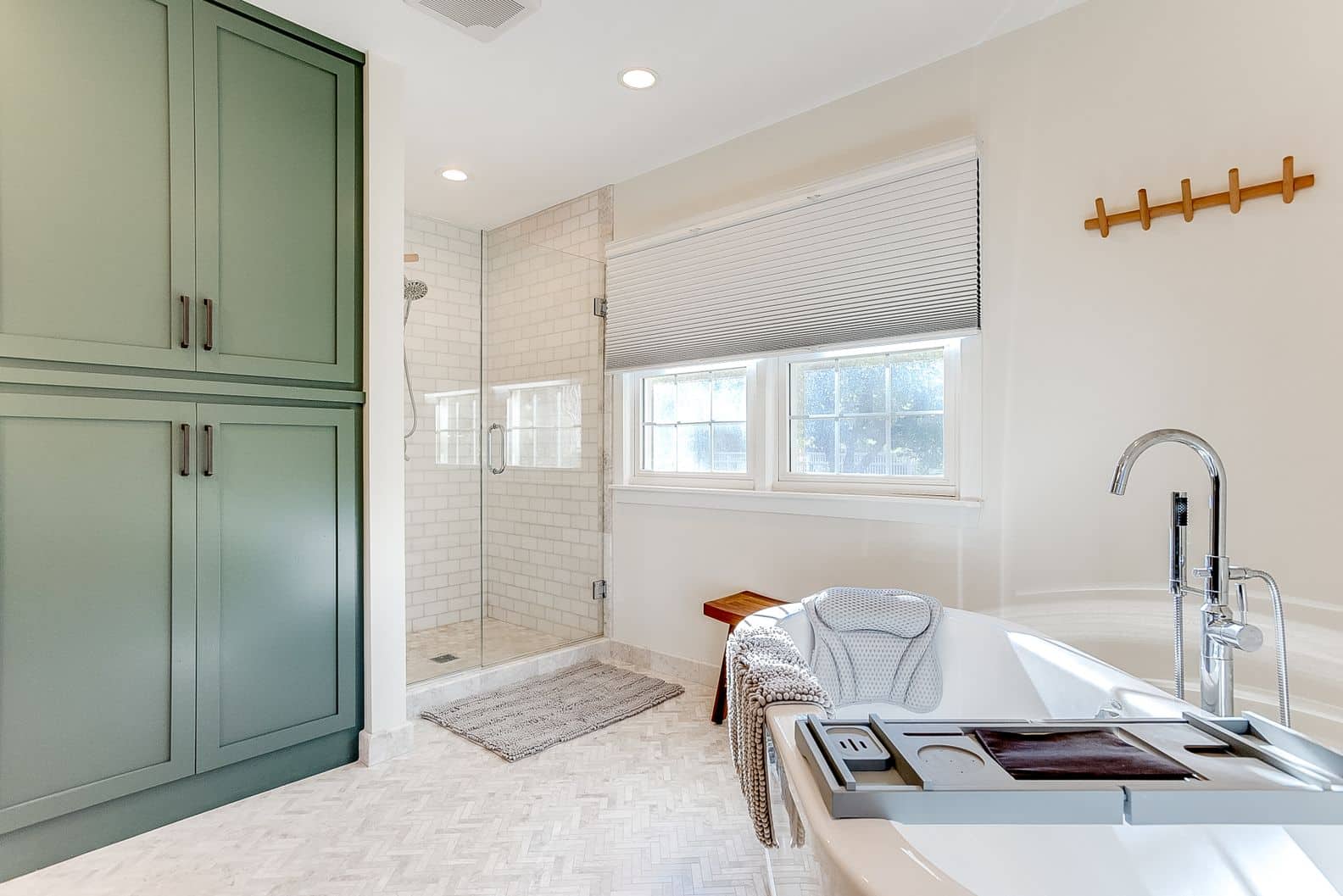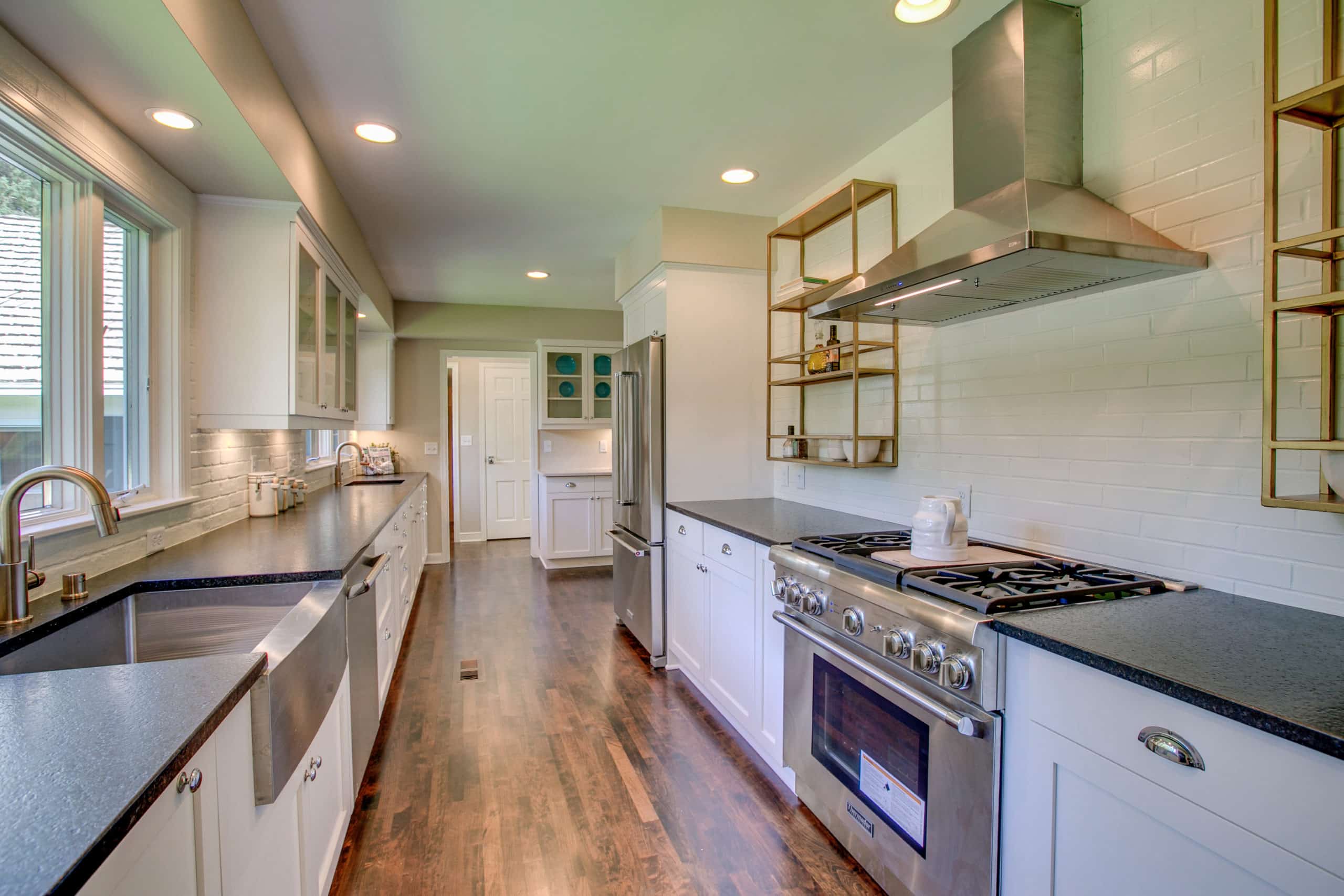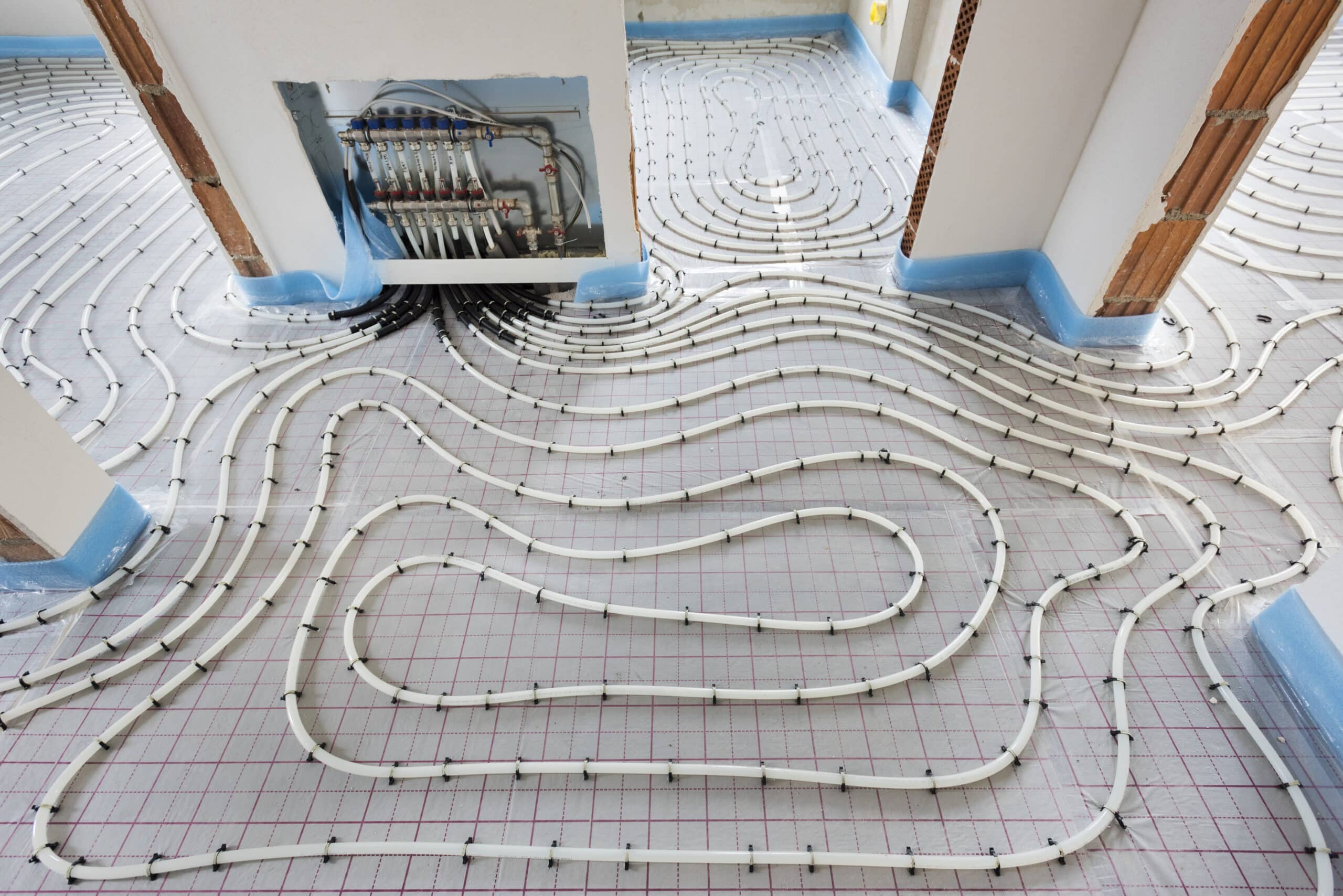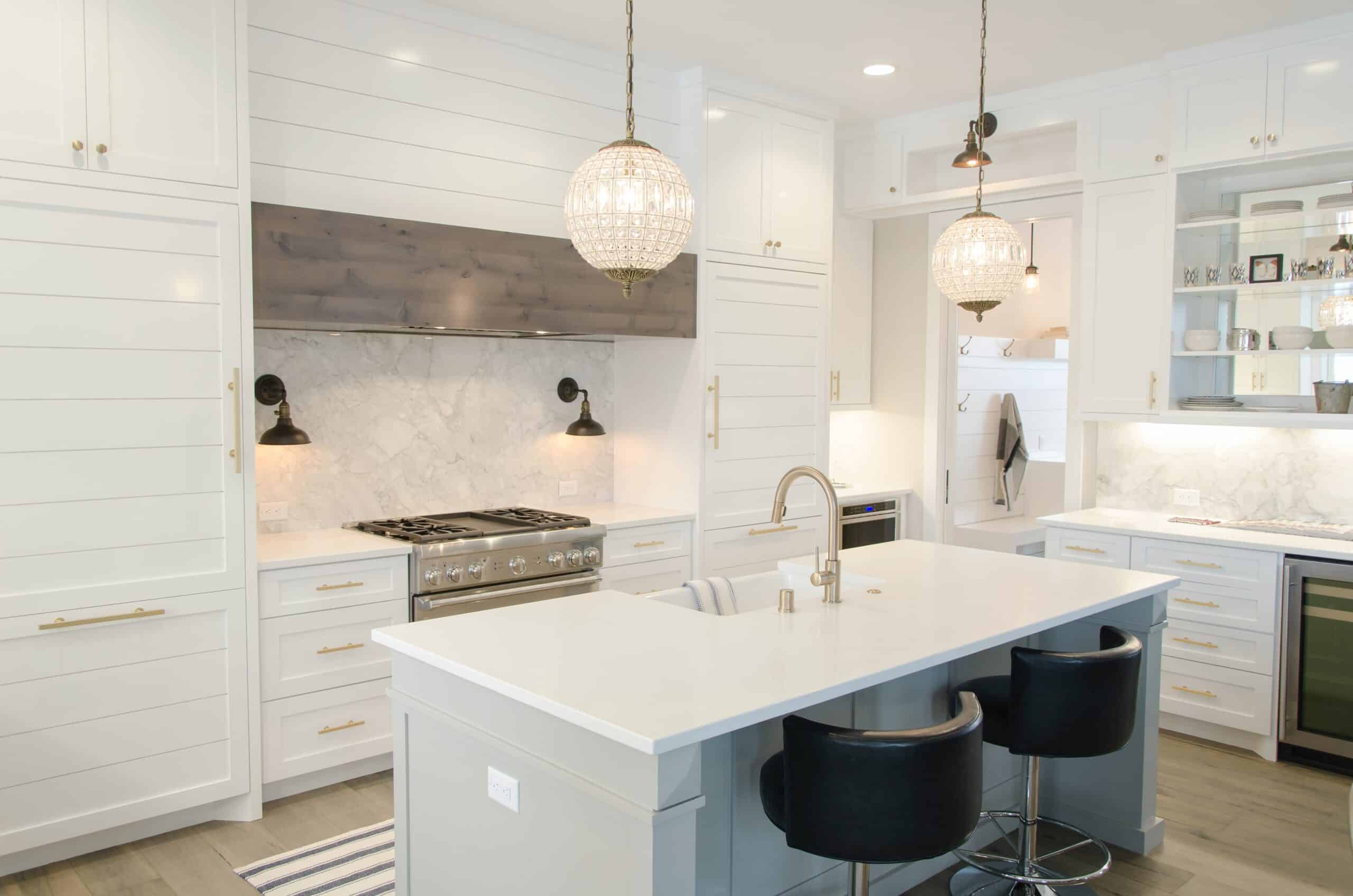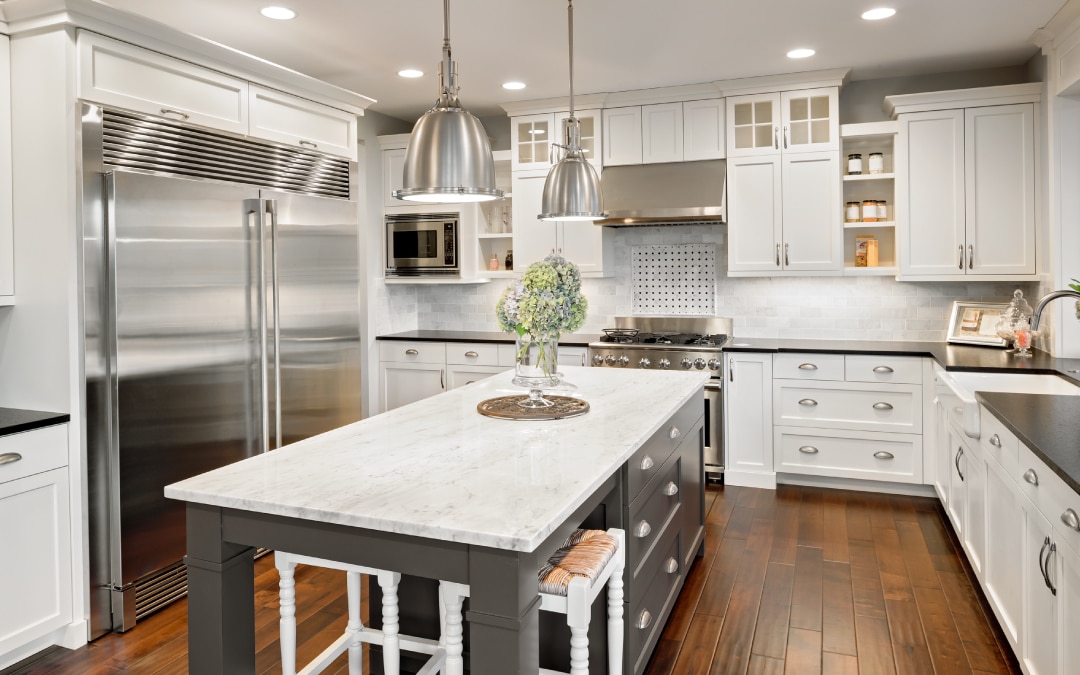Everyone seems to think that drywalling is an easy task and doesn’t require any prior experience, but that’s far from the truth. For Minnesota homeowners attempting to tackle drywalling projects, most of their time ends up being spent fixing mistakes that were made at the beginning of the process.
Unfortunately, when it comes to drywalling, not all mistakes are “fixable” – sometimes it requires you to start over from scratch.
How to Avoid Common Drywall Mistakes
If you are planning on drywalling your Minnesota home this year, these are a few common mistakes you may encounter along the way, as well as how to avoid them:
1) Hanging Drywall Alone
Yeah… probably not going to happen.
Drywall is big and pretty heavy. Each sheet is 8 to 12 ft., making it incredibly cumbersome to deal with on your own. Make sure that you have an additional person available to help you hang the drywall. Doing it on your own will lead to misplaced drywall sheets and crooked leveling.
2) Sanding
The joints get rough when drywalling, and usually taking a bit of sandpaper to the edge can help. But oh boy is it a bad mistake when you over-sand.
Over-sanding drywall in your Minnesota home can completely ruin it, and since sanding is a “destructive” task, there’s no real way to repair the drywall sheet. You’ll be left spending money on another sheet and redoing the whole process.
3) Nails vs. Screws
If you haven’t thought about it before, now’s the time to do your research. Nailing drywall is a BAD idea. All around. Screws will hold your drywall sheets in place, but nails will lead to loose drywall, cracked seams, and potentially a disastrous fall of drywall sheets.
Nails cause drywall to sag over time and can’t withstand any kind of roughness. Every time you brush against the wall, a kid throws something at it, or the house’s wooden beams shift from weather, pressure, and moisture changes, your drywall nails will work their way out of the drywall and destroy its structural integrity.
4) Use the Right Amount of Material
This is key. If you use too little material, it won’t properly cover the repair area, which ultimately will lead to another drywall fail – all that work for nothing.
On the other hand, too much material will make the joint look bulky and out of place. No amount of painting can fix that. You’ll have to start over with the joint.
Drywalling: Doing it Yourself vs. Hiring It Out
Is the above starting to sound a bit daunting? It’s because it truly can be. Drywalling is not just an “easy DIY home remodeling task”.
Drywalling takes experience, and every home is going to be unique. How big is the area? What needs to be repaired? Is your house crooked from years of wear and tear? There are many factors that play into taking the best approach to drywalling, and sometimes doing it yourself just isn’t worth it.
We’ve had many customers say things along the lines of, “We initially just thought it would be cheaper if we did it ourselves.”
We totally understand that! Why would you pay for materials AND labor when you can tackle a project on your own? When Minnesota homeowners get to work on tackling projects themselves that they quickly realize there’s a reason remodeling is a profession of its own.
Remodeling can be tough. Even if you’re planning on doing a simple task like redoing drywall in your home, call a professional and ask them for their help and maybe even a quote on what they would charge to do it. It might be cheaper than you anticipated and well worth it to save you the trouble of redoing it over and over again.
